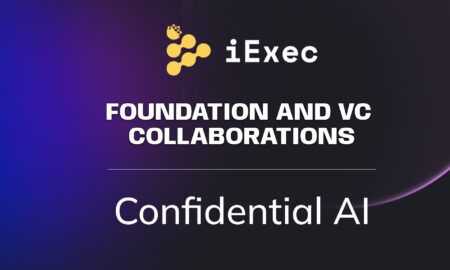A new range high-performance Ethereum mining equipment is apparently in the pipeline, and – should its ambitions be realised – is expected to upset the status quo in the sector.
Shenzen-based Manufacturer Linzhi has reported that it has finally made a positive move on its $4 million investment in Ethash mining technology, having placed its first bulk order for chips almost a year after announcing plans to build the new unit. According to a Medium blog update, its order for the E1400 chip – which comes following a nine month delay in its anticipated product development timeline – will provide the necessary parts to build 200 of its new miners, designed to harvest Ethereum and Ethereum Classic.
Ambitious Goals
The units will, apparently, be used to test the company’s new technology against the sector’s incumbents. Chieft among these are the high-end GPUs of Nvidia, favored by enthusiast miners and supporters of the Ethereum blockchain, and the other Application Specific (ASIC) units produced by mining giant Bitmain and others to handle the current Proof of Work algorithm Ethereum requires to validate its blockchain.
Linzhi is hoping to have the new chips in its hands by mid-November, when testing can begin with an eye on rollout around the middle of next year. The Linzhi unit is the brainchild of Chen Min, the former head of chip design at Bitcoin mining hardware maker, Canaan Creative.
He has self-funded the company’s effort to break into a market worth around US$850m per year at current ETH and ETC prices, with the ambitious aim to more than double Mega hashes per second (MH/s) rate of Nvidia’s current zenith tech, while slashing power consumption at the same time. If those targets can be met, Linzhi could significantly change the economics of Ethereum mining – at least while the current Proof of Work model for the larger of the two Ethash cryptos persists.
Ethereum’s Move To ProgPOW
In late April of this year, Ethereum Developers approved a much-debated move to begin work a code change to introduce a Progressive Proof of Work (ProgPOW) mining model specifically to reduce the influence of ASIC miners such as that proposed by Linzhi, and thus the potential for centralization of the crypto’s blockchain.
While the reality is that such a move could be a long way away yet, it is being factored into business plans by Linzhi, which says it will keep potential customers abreast of developments before bringing the E1400 to market. While uncertaintly persists, it also seems that it will centre its efforts on the more certain sector of Ethereum Classic mining.
Interestingly, the company is also floating the idea of a so-called ‘Malus’, or reverse discount, on its equipment when it finally goes on sale. While the company has explicitly set its pricing target at around a four-month Return on Investment, it could see large unit orders attract a surcharge, to “offset some of the cost advantages that larger customers have and encourage decentralization.”
The company will present a full introduction to its new chip architecture at the upcoming Ethereum Classic Summit in Vancouver on October 3rd and 4th.
Featured image: Pixabay









